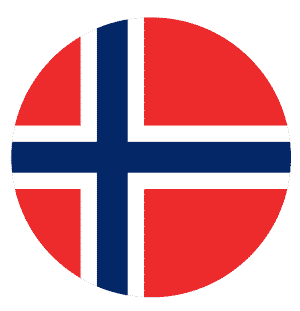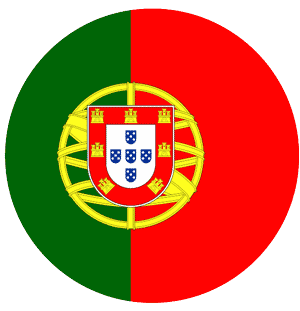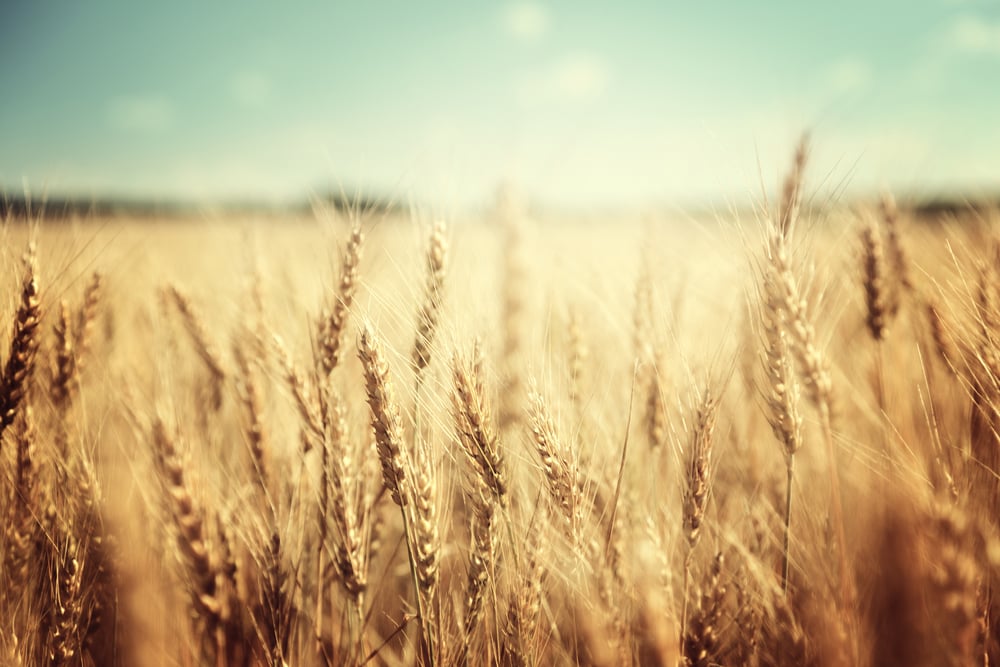The Mintec Benchmark Prices (MBP) of Turkish sultanas (type 9, FOB Turkey) were last assessed on 5th October at USD 1,550/MT, down USD 50 from the previous weekly assessment and down 6% month-on-month. Prices have been easing over the past month after the benchmark surged by almost USD 250 in the second half of August, to USD 1,650/MT on 31st August, on the back of an increase in TMO prices.
The TMO (Turkish Grain Board) has committed to buying type 9 sultanas at TRY 27/kg in 2022/23, an increase of more than 100% compared to 2021/22 (TRY 13/kg). In dollar terms, the 2022/23 TMO price is lower than last year (USD 1.49/kg versus USD 1.56/kg based on August 2022 and August 2021 exchange rates, respectively).
Amid the substantial hike in TMO prices and the lower-priced free market, plenty of sultanas have been going to the TMO this year. In mid-September, the agency announced that appointments on sultanas had reached 80,000 tonnes. At the end of September, Mintec heard that appointments had crossed the 100,000-tonne mark. Recently, the president of the Alasehir Chamber of Agriculture said that the TMO was planning on procuring as much as 140,000 tonnes of sultanas from this year’s harvest.
The Turkish sultana supply is plentiful. This follows an ample harvest this year and a hefty carry-in, estimated at around 70,000-75,000 tonnes, including 35,000 tonnes of the TMO carry-in inventory. Following the August rains in key western growing provinces, the availability of lighter-coloured fruit, mainly types 10 and 11, has been severely reduced. Opinions on the availability of type 9 sultanas vary – some market players foresee tightness in this category, whereas some say that type 9 sultanas should be readily available amid the abundant supply.
Type 8 and 7 (darker colours) sultanas will be plentiful, and prices for these grades are expected to decline. Trade sources have been commenting on large differences in prices and qualities of the 2022/23 harvest. One European trader said, “Prices differ quite a lot because grades can be easily interchanged. All the different sultana types are darker this year. What’s more important than the colour is that the product is clean”.
The demand developments continue to be driven by two key themes. Firstly, there are concerns over rising inflationary pressures and how this could impact consumer spending within the dried fruit category. Secondly, sultanas benefit from being the cheapest food ingredient in the nut and dried fruit category.
In the first five weeks of the new 2022/23 campaign, Turkey exported 32,500 tonnes of dried grapes, 6% less than during the same period a year ago.
“The recession will hit demand and prices. We are budgeting for a 10% decrease in our dried grape procurement”, a European trader said. Another trader added, “We have seen a drop in demand for dried fruit. People are looking for cheaper substitutes”.
Some market participants are more buoyed by the present market opportunities, mostly pointing to the fact that sultanas continue to be competitively priced. “We have not experienced a slowdown in demand for sultanas. We sell branded products to European discounters, and our sales in this category have been increasing”, a European trader said. This was echoed by another trader who also commented that demand from discount retailers has not waned.

.png?width=145&height=54&name=Mintec_Logo_Small_Use_Mono_RGB%20(2).png)


















